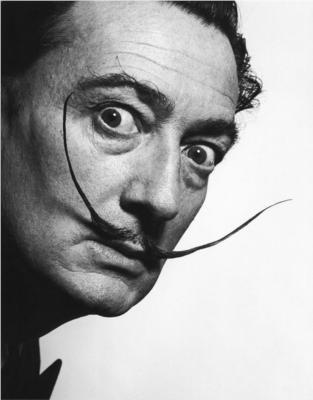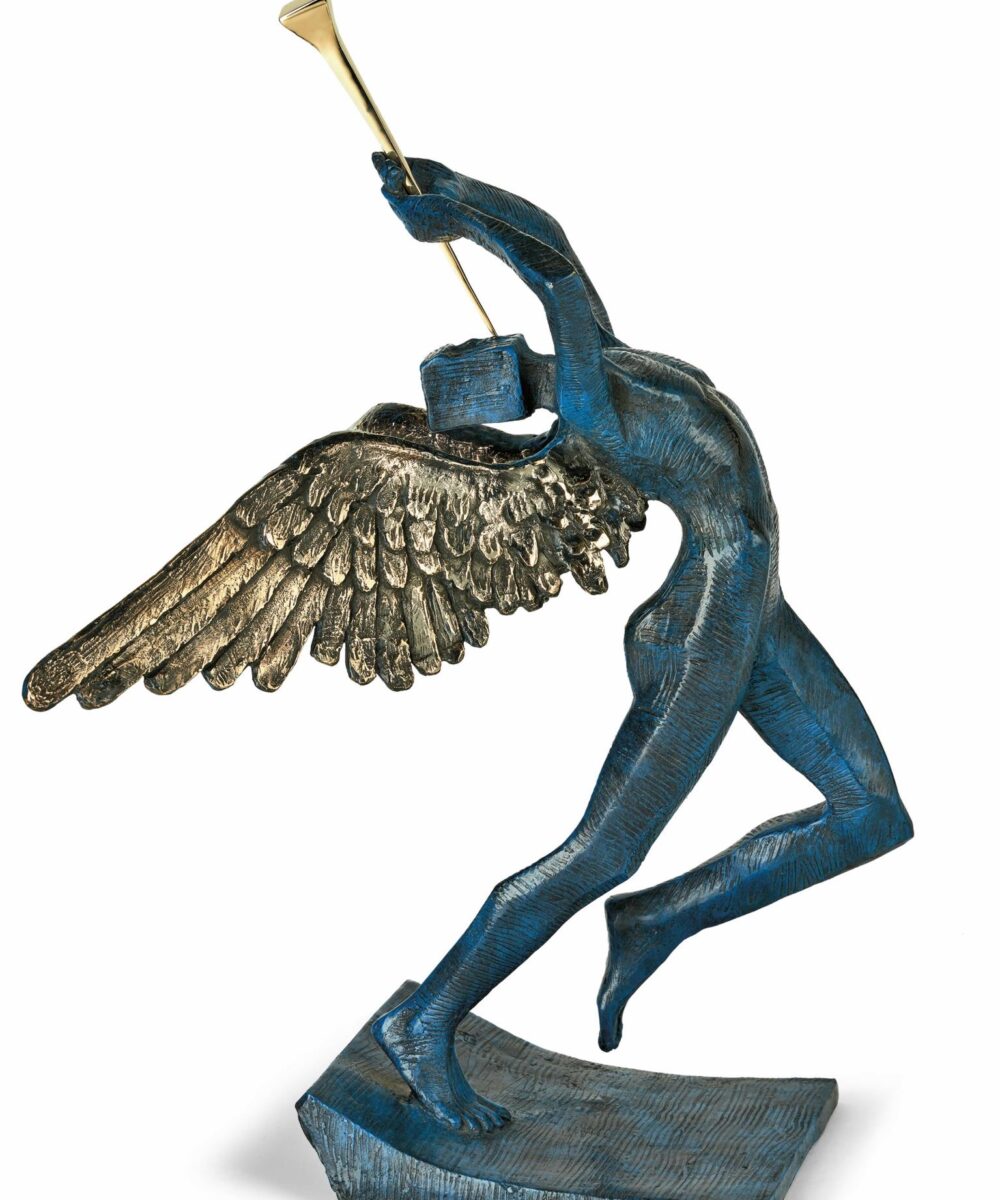
Salvador Dalí
Artist
The artist, author, critic, impresario, and provocateur Salvador Dalí burst onto the art scene in 1929 and rarely left the public eye until his death six decades later. The auspicious occasion was the debut in Paris of Un Chien Andalou, a film Dalí made in collaboration with Luis Buñuel. Filmed in Paris, Un Chien Andalou strung together free-associative vignettes and made full use of the avant-garde technique of montage, including, most famously, a scene of a razor slicing into a woman’s eye.
The film catapulted Dalí to the center of the Surrealist community. An artistic and intellectual movement begun by André Breton in 1924, Surrealism championed the unconscious as the primary motor of human behavior, coupling this with an aspiration to political revolution. Although Dalí’s association with Surrealism was late-coming and short-lived (he would be expelled from the group in 1934), his arrival jolted new life into the movement.
Dalí’s chief theoretical contribution to Surrealism was his elaboration, in the early 1930s, of the “paranoiac-critical method”—a process, he wrote, to “systematize confusion and thereby contribute to a total discrediting of the world of reality.” The method described a deliberately disoriented state of mind that would allow an individual to connect unrelated things, forging fresh avenues of thought and creation. Around the same time, he also published several essays naming and defining the so-called “Surrealist object”: an object “functioning symbolically,” usually constructed from found items or readymade materials, and redolent with psychological power. His Retrospective Bust of a Woman was one such object. Beneath its seemingly haphazardly embellished portrait bust of a woman pulsed a rich network of associations, from references to consumption (corn cobs and a baguette) to putrefaction (an ant swarm, a recurrent motif in Dalí’s work).
The Persistence of Memory, perhaps his most famous painting, was an overnight sensation on its first exhibition in New York, in January 1932. (It had remained unsold when first exhibited in Paris the previous summer.) The gallerist and early champion of the Surrealists Julien Levy proclaimed the painting “10 by 14 inches of Dalí dynamite,” and an image of it was reproduced in nearly every review. Years later, Dalí would recount its genesis, claiming that the “soft watches” had their origin in the remains of a “very strong Camembert” cheese.
Rendered with the artist’s meticulous attention to detail, the painting’s three pocket watches hang flaccidly from a denuded tree branch, a ledge, and a bestial form that, on closer examination, resembles Dalí’s own distorted face. As sunlight hits the distant cliffs and glassy water, ants teem on the surface of the single closed watch, and a fly alights nearby—suggesting rot and waste in an otherwise pristine landscape. With its uncanny juxtaposition of the ordinary and the bizarre, and its suggestion of time arrested or out of sync (the watches all point to different numbers), The Persistence of Memory possesses an eerily dreamlike quality. It showcases Dalí’s interest in exploring how the mind interprets reality and the primacy of sexuality to the human psyche— lines of inquiry that would remain constant throughout his career.

